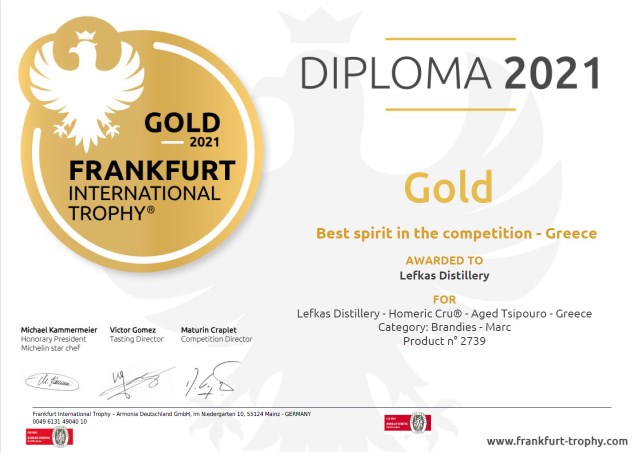Homeric Cru is a premium hand crafted aromatic aged grape marc spirit, emanating from the finest Greek grape varieties produced in our boutique distillery on the Ionian Island of Lefkada. Its unique flavor is a reflection of the cellar master’s passion and attention to detail. It has been nurtured in harmony, distilled drop by drop, very slowly in a copper …
Distillation Approach
We select the purest “heart” of the distillation process, by cutting large amounts of “heads” and “tails”, in our discontinuous copper pot alembic(still). Discontinuous Distillation Method: Not to be confused with continuous industrialised distillation, which produces lower quality distillates, due to mass production, higher temperatures and shorter distillation periods. At Lefkas Distillery & Winery, we use the discontinuous distillation method, …
History of Distillation
A brief note overviewing historical perspectives of distillation What is distillation? The term itself, distil, emanates from the latin ‘destillare’, meaning to drip down. Distillation can be described as a process of separating the component substances from a liquid mixture by selective evaporation and condensation. For example, by separating water, alcohol, aromatic and volatile components accordingly. An installation for distillation …
- Page 2 of 2
- 1
- 2





